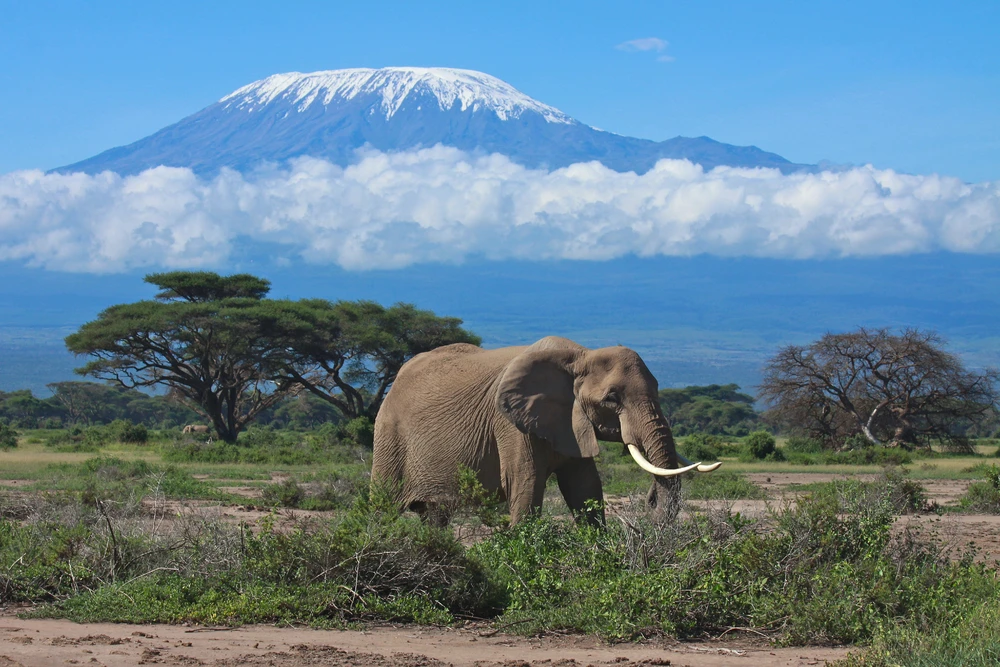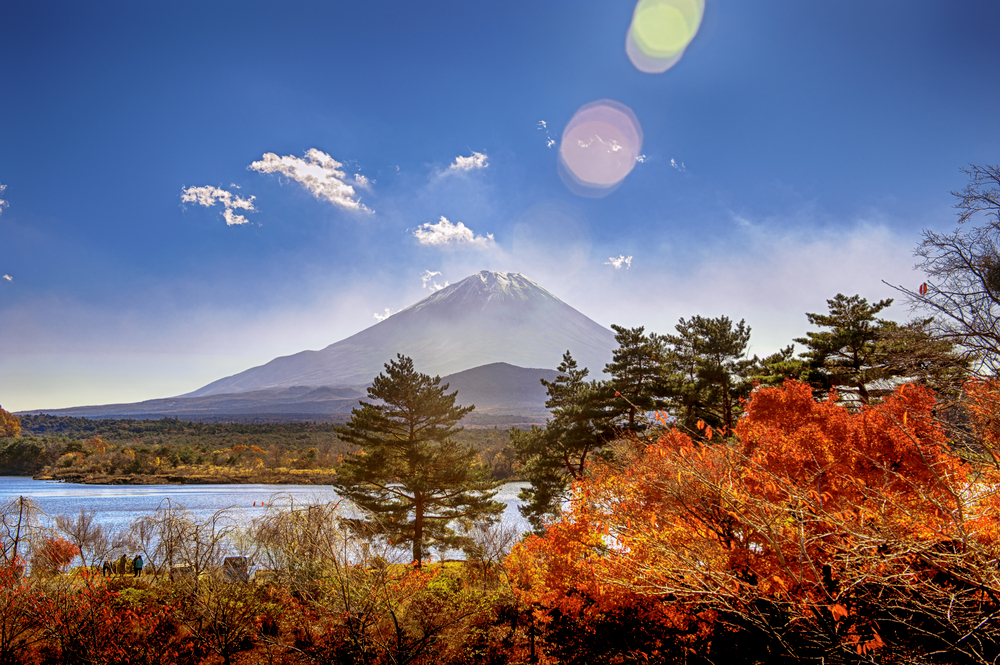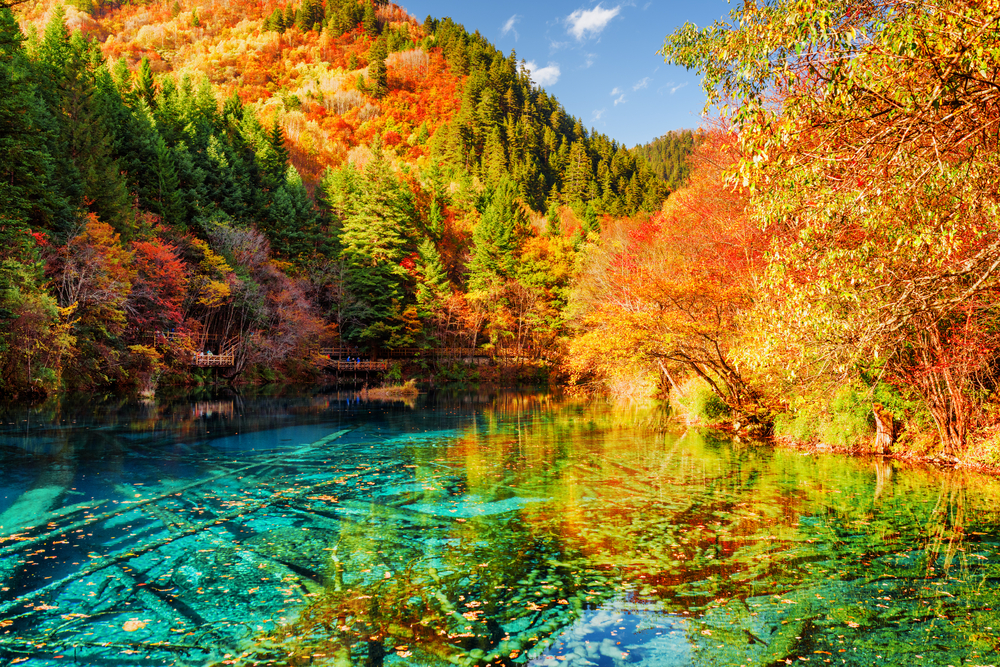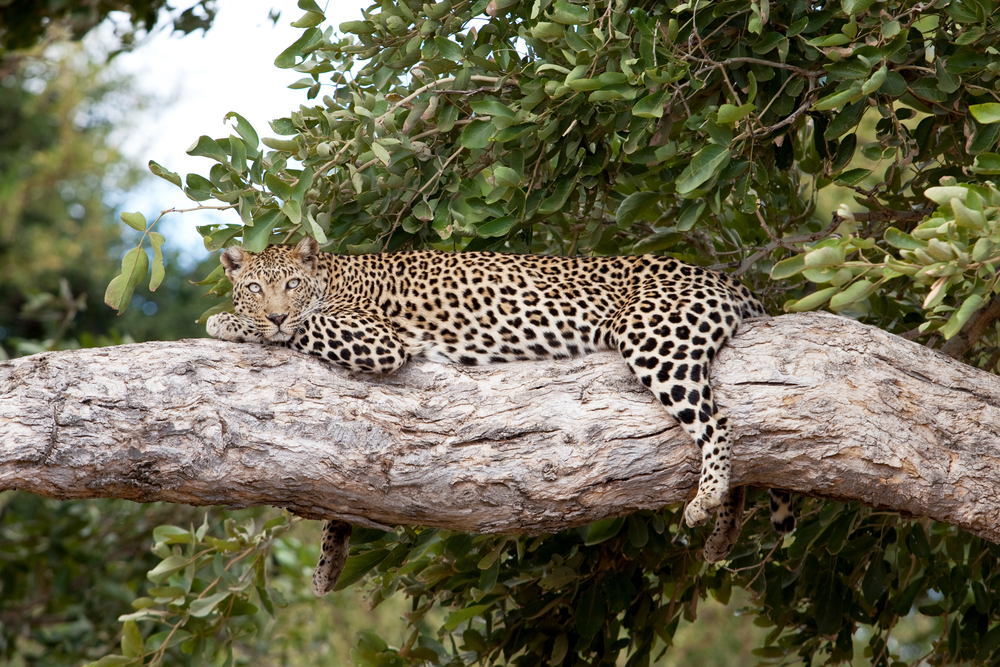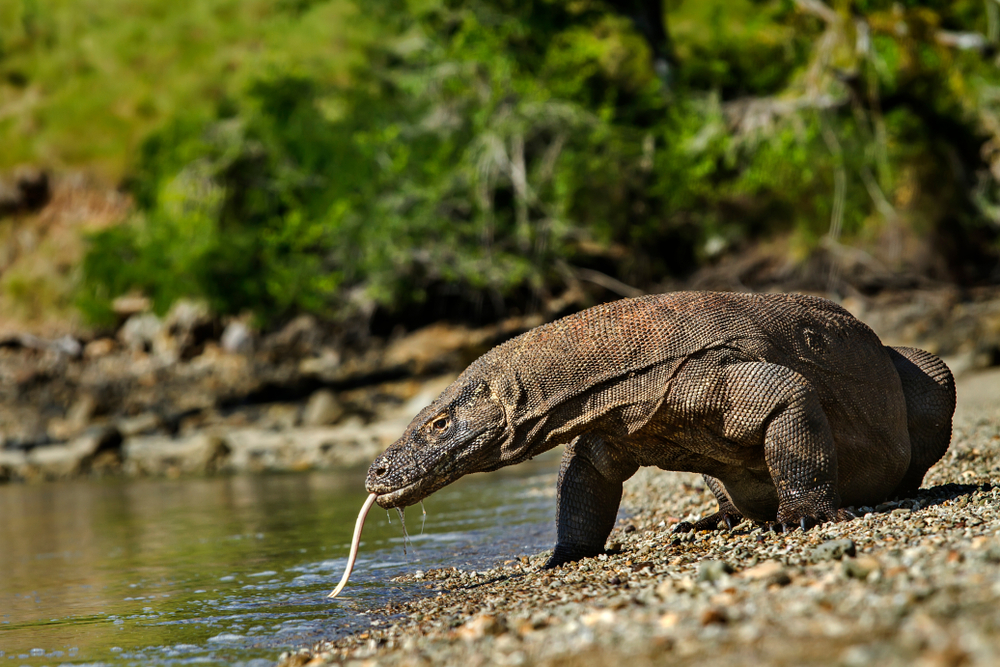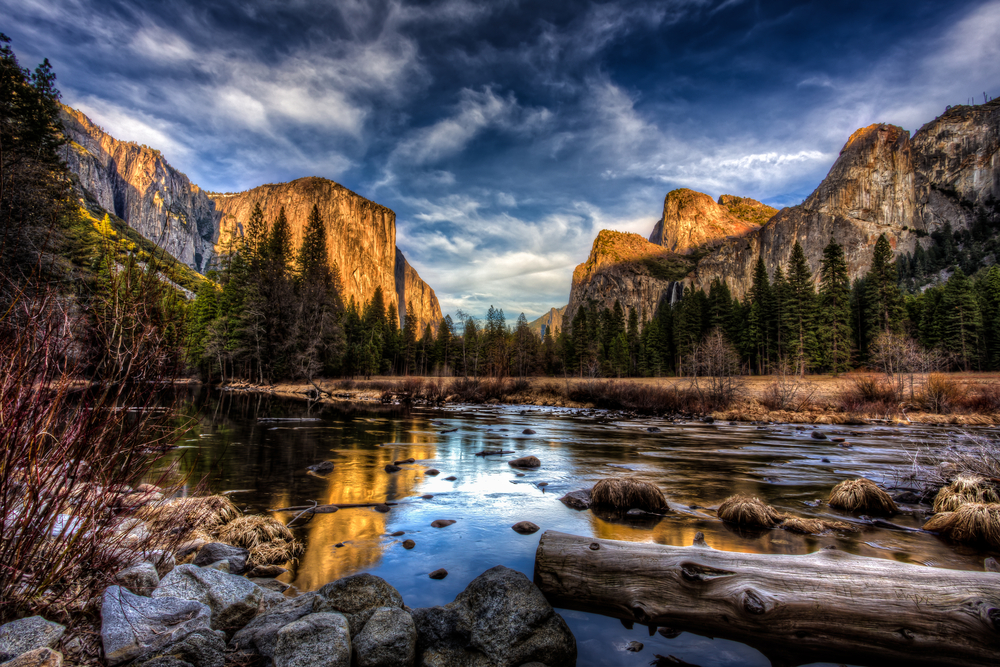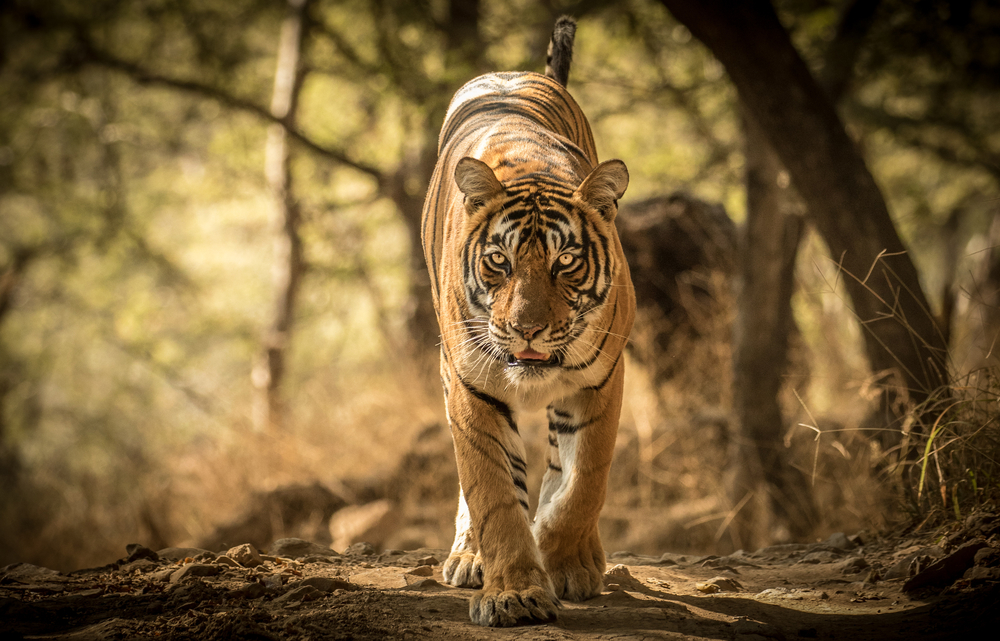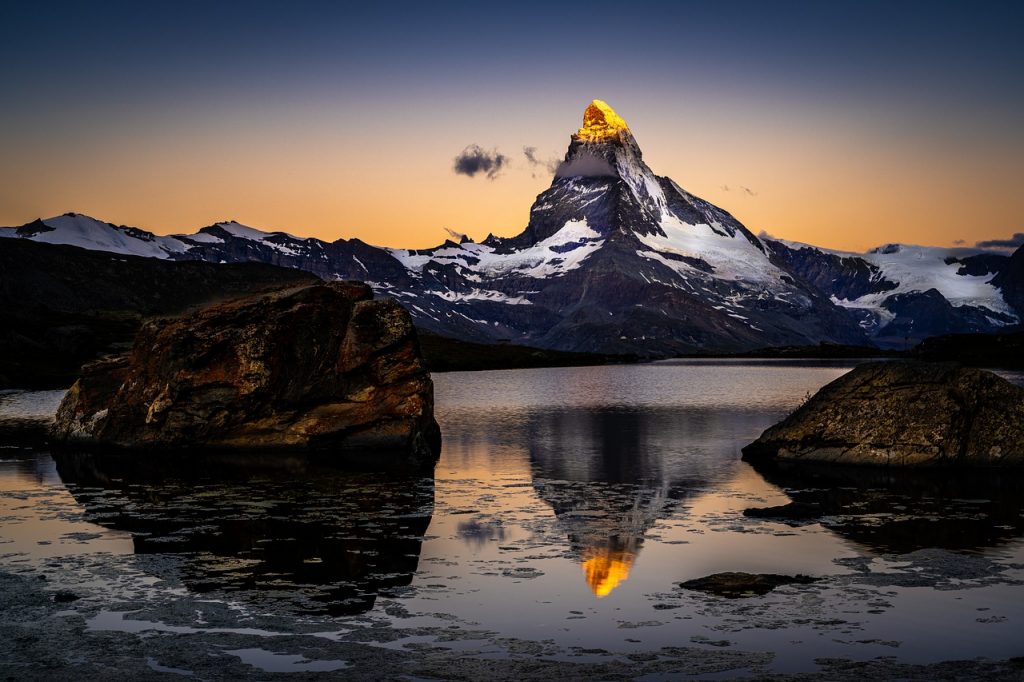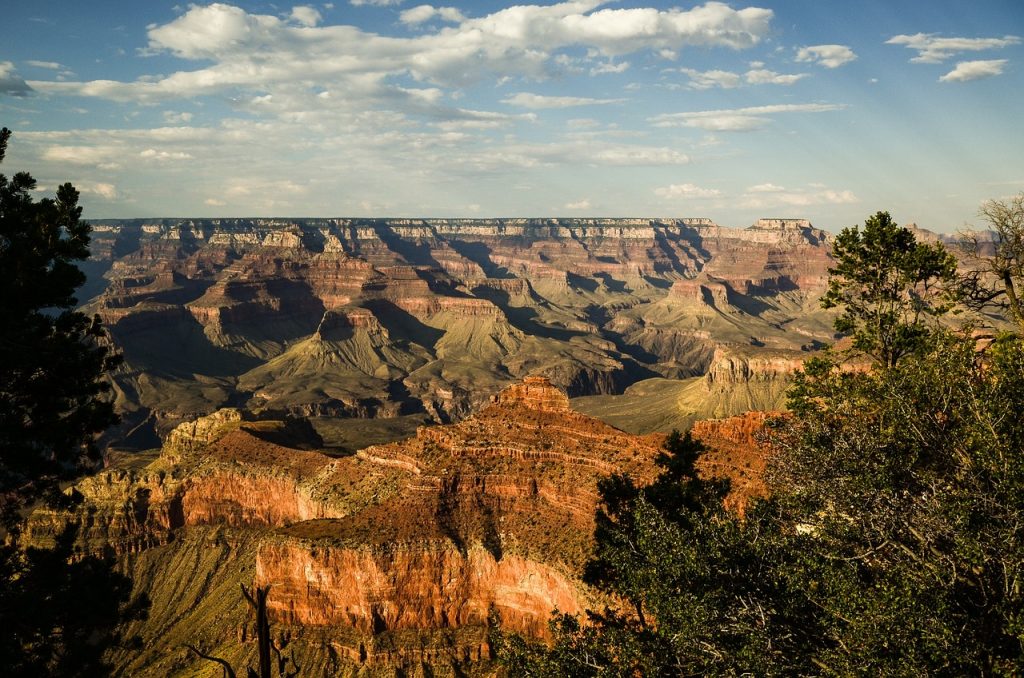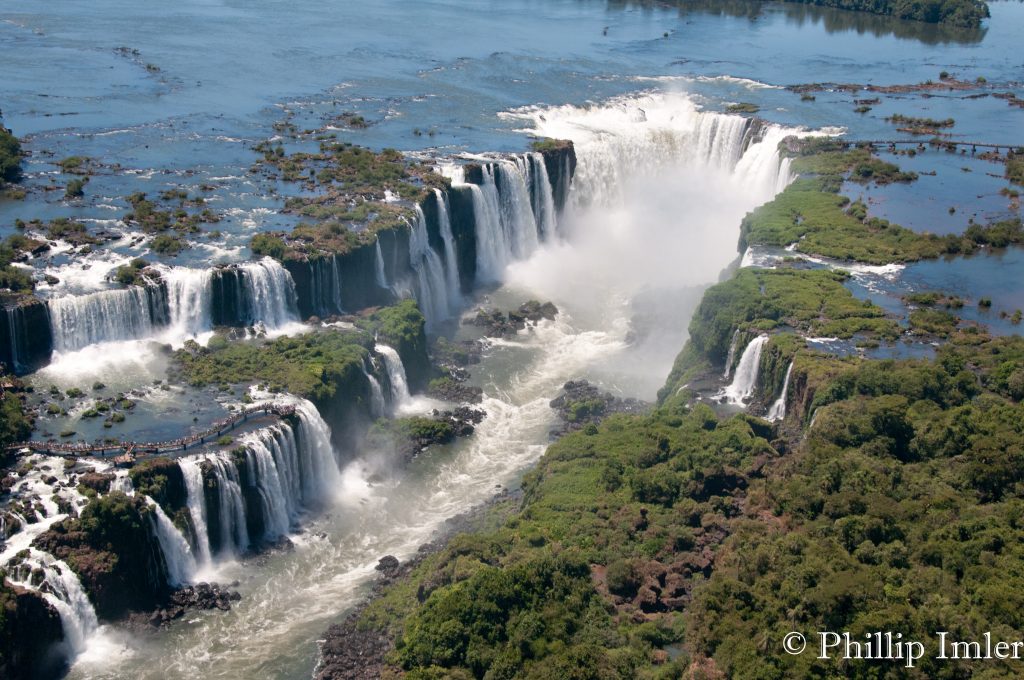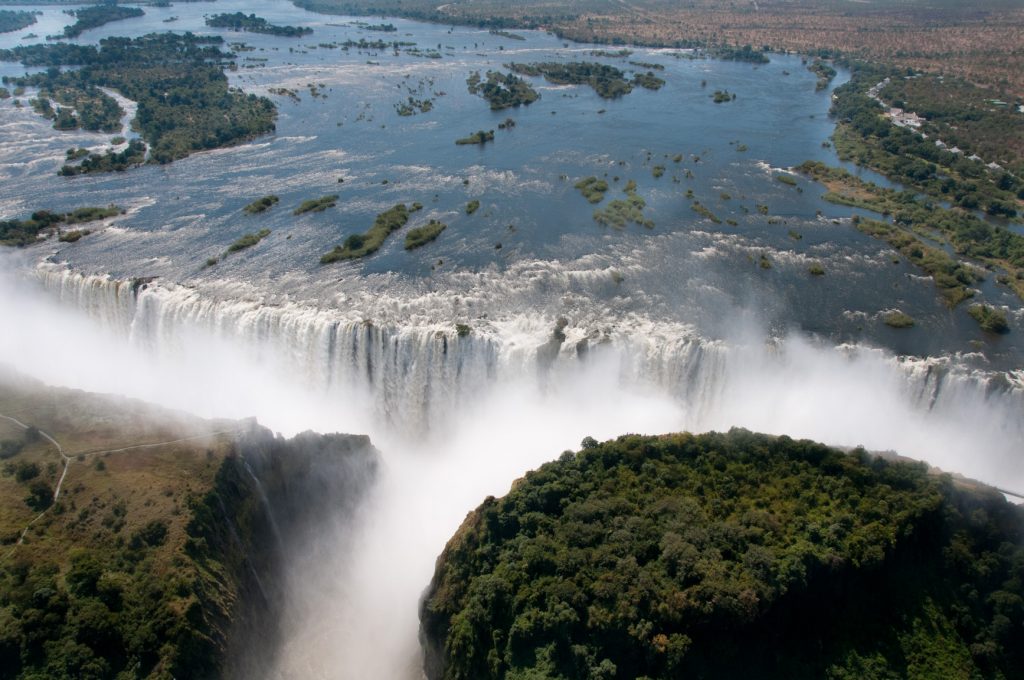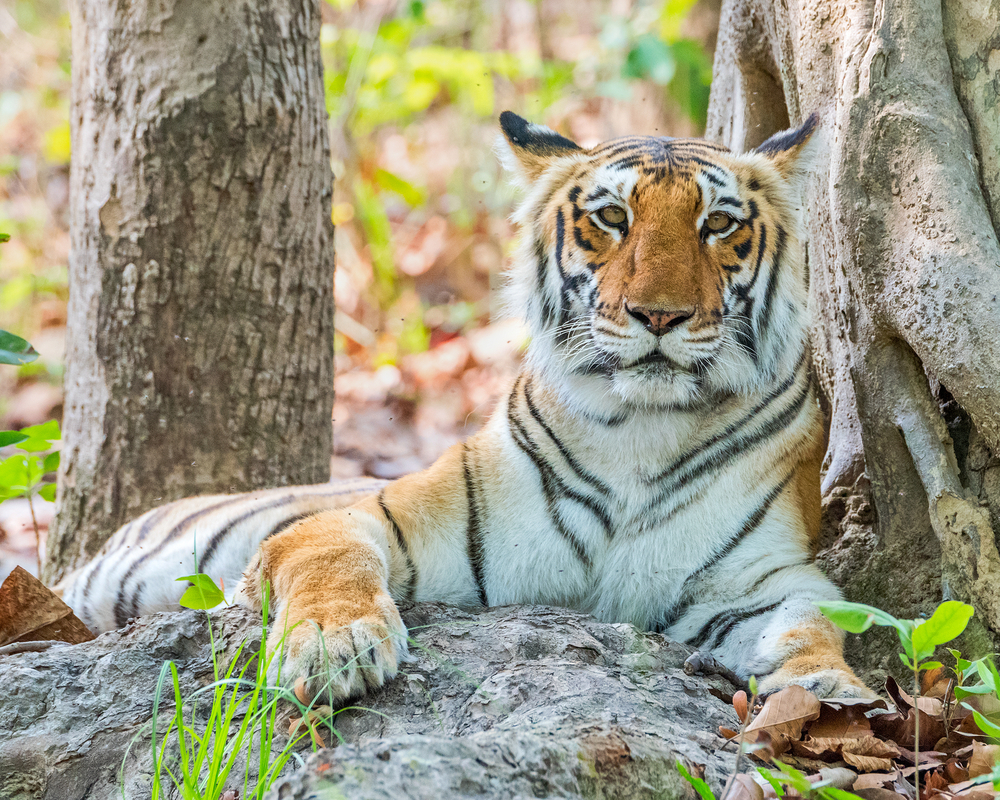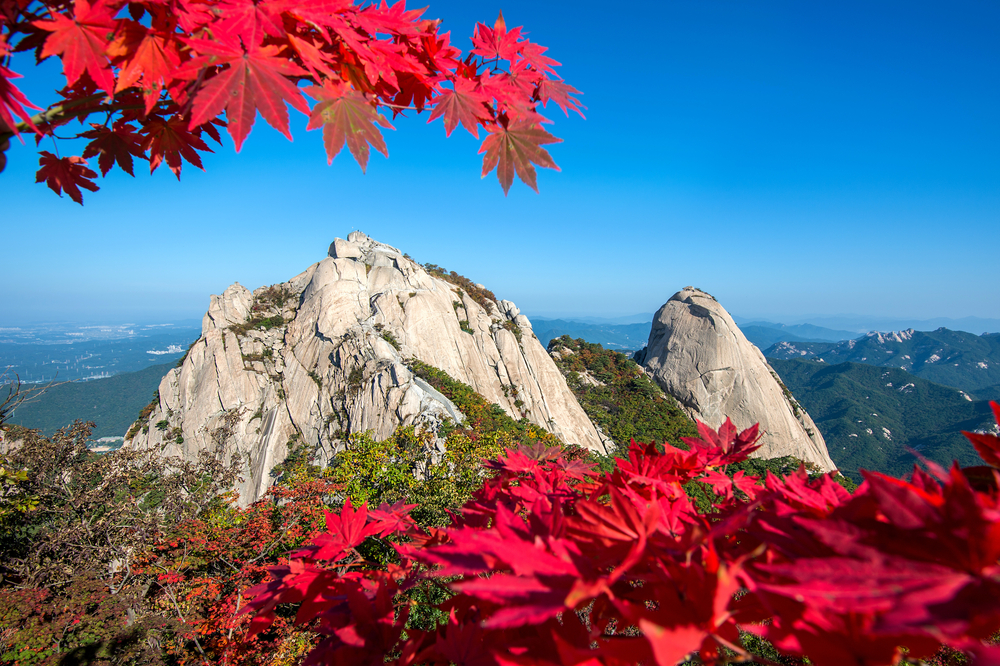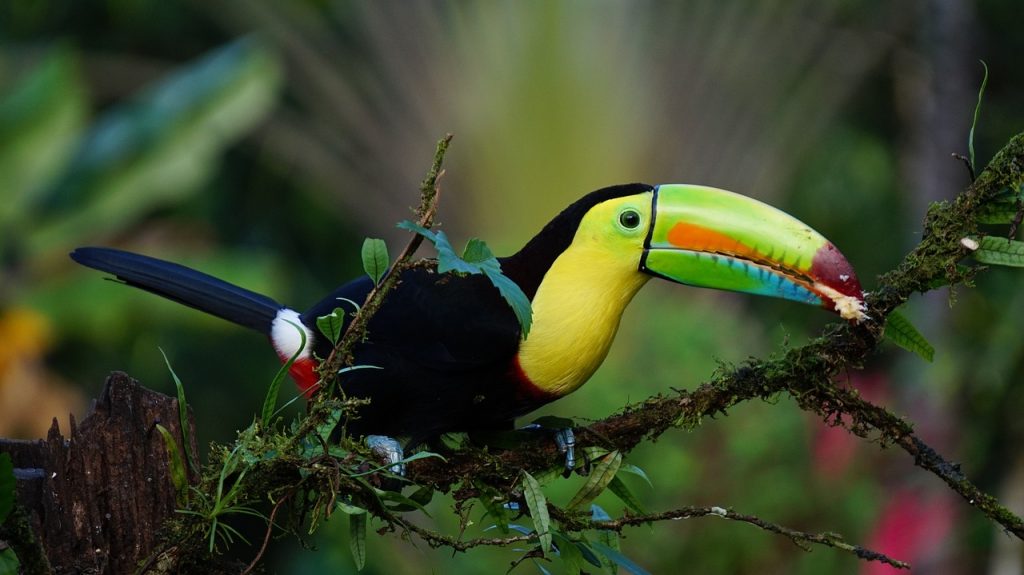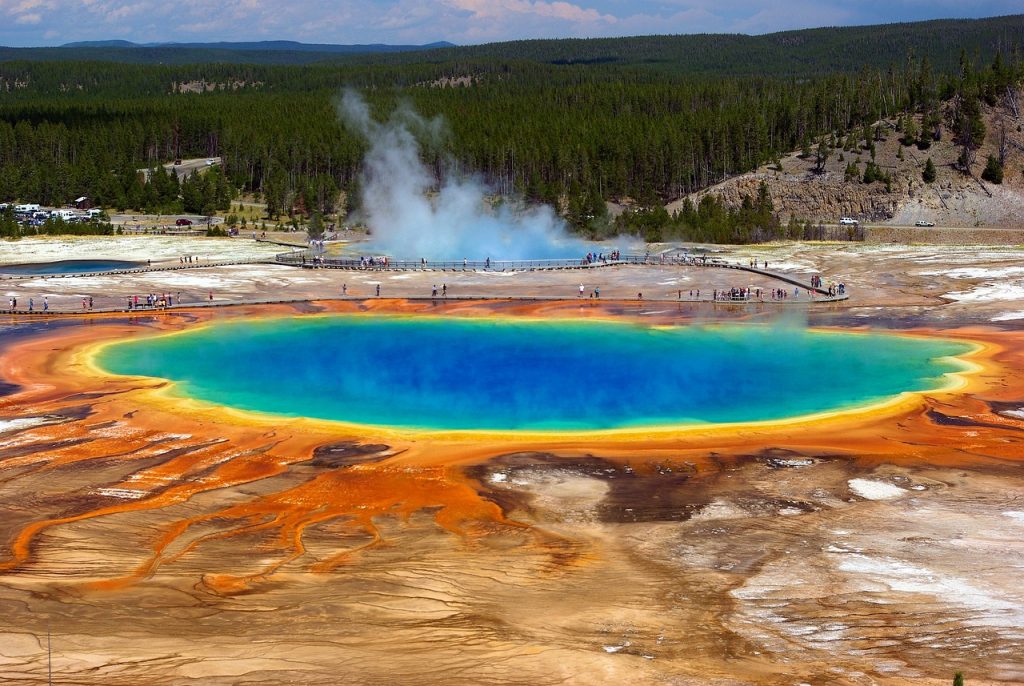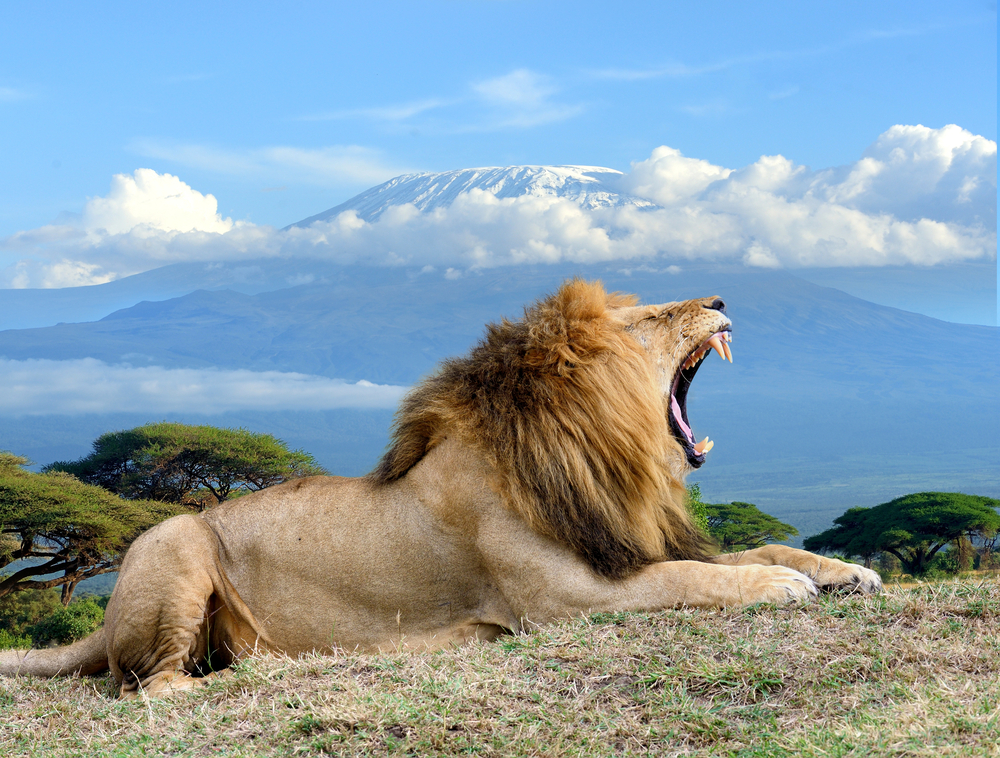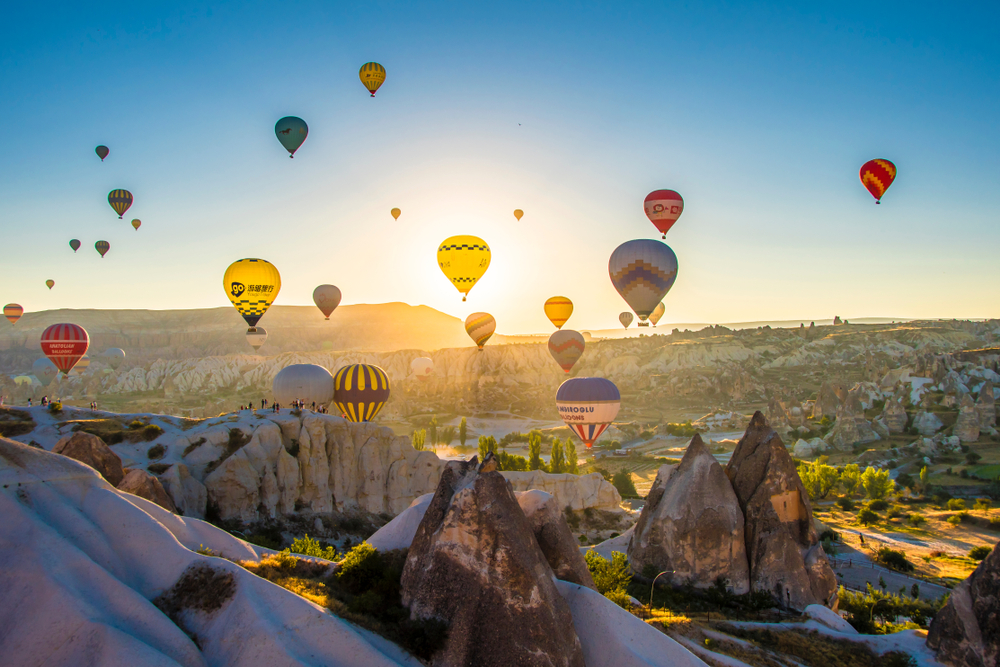Login/Signup
-
 Botswana National Parks
Botswana National Parks
-
 DR Congo National Parks
DR Congo National Parks
-
 Egypt National Parks
Egypt National Parks
-
 Ethiopia National Parks
Ethiopia National Parks
-
 Kenya National Parks
Kenya National Parks
-
 Madagascar National Parks
Madagascar National Parks
-
 Morocco National Parks
Morocco National Parks
-
 Namibia National Parks
Namibia National Parks
-
 Rwanda National Parks
Rwanda National Parks
-
 South Africa National Parks
South Africa National Parks
-
 Tanzania National Parks
Tanzania National Parks
-
 Uganda National Parks
Uganda National Parks
-
 Zambia National Parks
Zambia National Parks
-
 Zimbabwe National Parks
Zimbabwe National Parks
- See All Africa
-
China National Parks
-
India National Parks
-
Israel National Parks
-
Japan National Parks
-
Malaysia National Parks
-
Nepal National Parks
-
Philippines National Parks
-
South Korea National Parks
-
Sri Lanka National Parks
-
Thailand National Parks
-
Turkey National Parks
-
Vietnam National Parks
- See All Asia
-
Albania National Parks
-
Austria National Parks
-
Croatia National Parks
-
Finland National Parks
-
Germany National Parks
-
Greece National Parks
-
Iceland National Parks
-
Ireland National Parks
-
Montenegro National Park
-
Netherlands National Park
-
Norway National Parks
-
Poland National Parks
-
Romania National Parks
-
Russia National Parks
- See All Europe
-
Bahamas National Parks
-
Canada National Parks
-
Costa Rica National Parks
-
Cuba National Parks
-
Dominica National Parks
-
Dominican Republic National Parks
-
El Salvador National Parks
-
Guatemala National Parks
-
Honduras National Parks
-
Jamaica National Parks
-
Mexico National Parks
-
Nicaragua National Parks
-
Panama National Parks
-
United States National Parks
- See All North America


























































